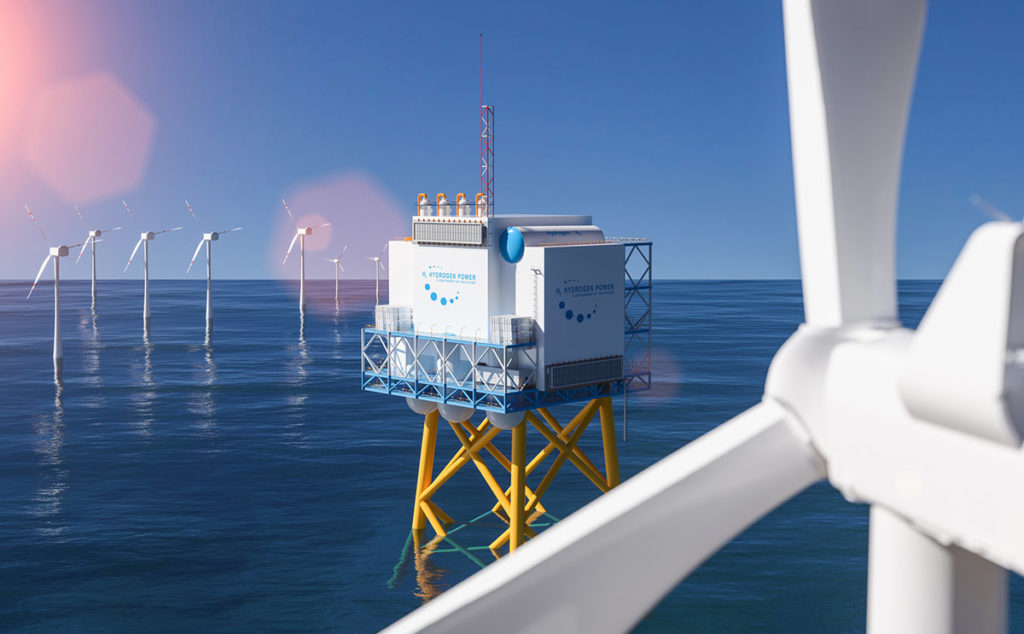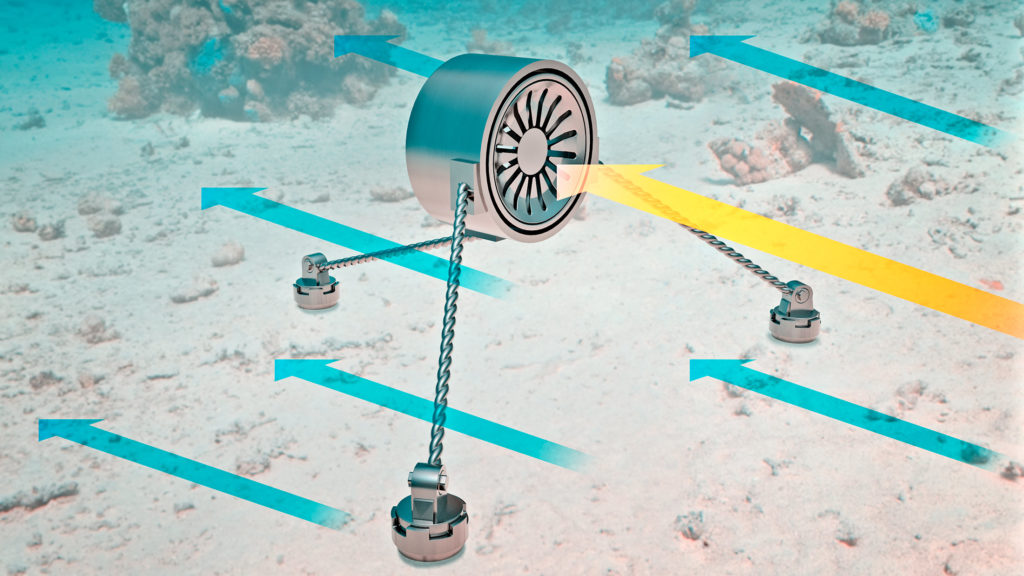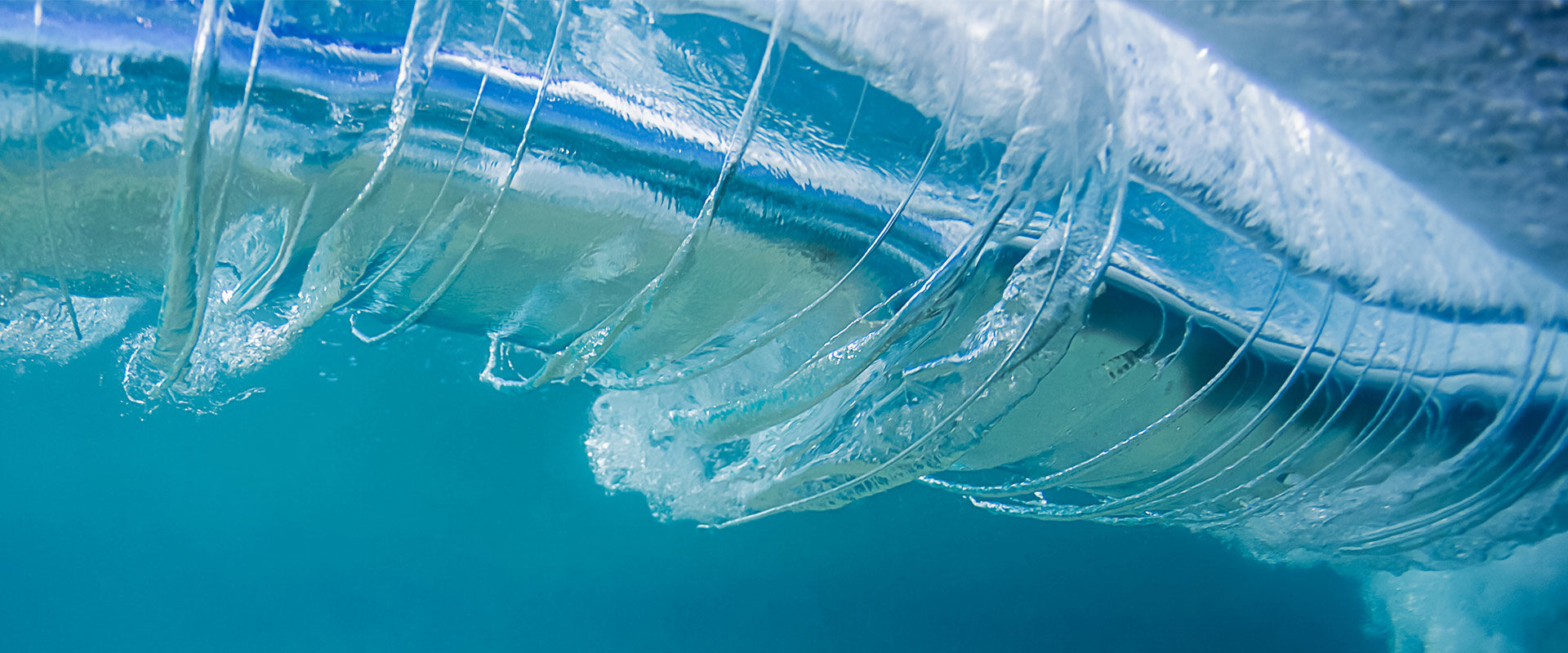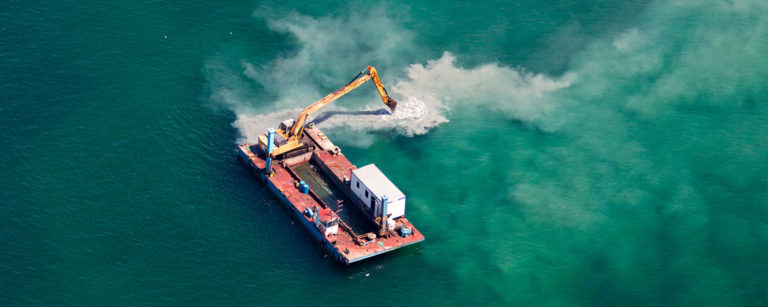People are looking for diverse sources of renewable energy to reduce air pollution, greenhouse gas emissions, and fossil fuel use. Sun and wind energy are getting more popular, but has anyone heard of sea-produced energy?
Often the term ‘renewable energy’ brings to mind solar panels, wind turbines or even geothermal heat. But, they have several drawbacks and are not always as efficient as the ocean can be. The sun, for example, only shines during the day, and even the greatest wind turbine cannot function without wind. With these sources, it is practically impossible to save energy for later. There are only a few areas in the world where the wind produces electricity all the time.
The solution is the ocean, which covers 70% of the earth’s surface. It is one of the most abundant renewable energy sources on the planet. Single wave’s energy can power an electric vehicle for hundreds of kilometres and the ocean has the potential to power the entire world twice over.
Wave energy technology
Thermal energy from the sun’s heat and mechanical energy from tides and waves are two sources of energy that the ocean can provide. In terms of both installed capacity and investments, wave and tidal power are expected to rise dramatically in the future. They are the two main ways of harvesting energy from the ocean.
Pursuant to IRENA (International Renewable Energy Agency), promising ocean technologies include:
- Wave energy – converts captured energy from ocean waves by oscillating water columns that catch air pockets to drive a turbine or utilize wave motion.
- Tidal Energy – generated by tidal-range technologies that collect power or tidal-current/ tidal-stream technologies and hybrid applications.
- Salinity gradient energy – originating from salt concentration differences, such as those found where the river flows into the ocean. Freshwater passes over a membrane to raise the pressure in a tank of saltwater.
- Ocean thermal energy conversion – create energy from the temperature differential between warm surface saltwater and cold seawater at 800–1,000 metres depth.
There are worries concerning collision danger, electromagnetic fields, underwater sounds, and ecosystem alterations. Yet the question occurs if ocean energy is good for the environment. As indicated in the research, ocean energy installations have not been shown to cause a severe threat to the marine environment. In contrast to sea mining, obtaining energy from the water does not harm the habitat and it can even help the Earth.
Why is ocean energy important?
One of the biggest dangers for the ocean is climate change. Most wildlife but also marine habitats are suffering because of the rising sea temperatures and acidification. Ocean energy helps the environment by reducing the Earth’s carbon problem and cleaning the air pollution. The ‘clean’ energy sources generate electricity without polluting the air and they don’t release carbon dioxide into the atmosphere.

According to Ocean Energy Technologies, some of the key benefits of wave energy technology are:
- climate change mitigation
- the concept of combining renewable energy sources
- combine power generation with water desalination
- provides power for end-use sectors
- offers firm capacity
Ocean energy is more predictable than other forms of variable renewable energy (VRE). Especially when connected with offshore wind energy, it supplies electricity because the waves last longer following the wind speed.
As reported by Economist Group’s World Ocean Initiative, installing more ocean energy helps other carbon-free, renewable energy sources, like wind or solar power. The ocean waters are always moving. Even when the sun isn’t shining and the wind isn’t blowing, ocean energy is ideal for maintaining the power supply.
How does wave energy work?
Ocean waves are converted to electricity with wave energy converters (WEC) or devices. The waves move the WEC and that creates electricity. Because wave power is limited to the areas near the ocean. When the water becomes shallower, it can no longer go in circles. The ‘swells’ produce the wave energy systems which are based on the movement of water. This is how power is produced.

Wave energy is highly predictable and can be developed close to lead centres to reduce transmission needs. Besides that, the energy in ocean water could power distributed applications. Some of them are desalination plants that remove salt from saltwater to benefit water-insecure communities and military bases.
The ocean is an endless renewable energy source for making electricity used for the world. In general, the theory of potential energy assessment of the ocean can reach 100,000 TWh/year (while the world electricity consumption is 16,000 TWh/ year).
Nguyen, P. and Dong, V. (2019) “Ocean Energy – A Clean Energy Source”, European Journal of Engineering and Technology Research.
Challenges in renewable ocean energy
Many engineers and scientists are wondering how to successfully generate energy at sea. There are some advantages and disadvantages of wave energy. As an installer or energy engineer you should be aware of the pros and cons of water power.
Effect on the natural environment
To gather energy from the waves, often large machines have to be put under the water. There is a concern if those devices might disturb the seafloor and near-shore creatures like crabs or starfishes.
It is crucial to invest in approved devices. The ocean-energy machines are usually fast and quiet to install so they can peacefully coexist with all manner of flora and fauna. Tidal turbines and wave-energy machines are in sync with the motion of the sea. They are working way slower than wind turbines through the air. Also, the animals living nearby the electromagnetic fields are unlikely to be harmed.

Suitable locations
Maritime technicians have to consider a lot of factors before sending machines to the ocean. The equipment can even disturb private and commercial vessels. Ocean energy stations must be located near the coast to properly work. But often these areas are for cargo ships for cruises or beachgoers.
The construction of a wave energy collection source will disrupt all of these people and vessels. However, wave energy is not a clean energy option for everyone. Landlocked countries and cities distant from the sea must find alternative sources of power.
Efficient equipment
Wave energy devices that generate energy from the movement of ocean waves must be able to withstand a volatile, hostile, and disorderly environment. The smallest elements must be examined for the gadget to be fully functional and economically viable, from the high forces applied to it to how components withstand repeated exposure to seawater.
Hydropower has influenced the design and manufacture of machines from water-powered mills in Hellenistic times through the first hydroelectric power plant in 1882. Now the technology is offering the modern hydropower plants which assist in the clean energy transition by delivering essential electricity, flexibility, storage and climate protection services.
OWC turbine technology
The challenge of oscillating water column (OWC) turbine technology is to attain a high level of efficiency throughout a wide variety of operating conditions. The airflow not only changes direction as it reciprocates, but it also ranges between zero and 100 percent. At the same time, the shaft must rotate in the same direction (i.e. clockwise rotation).

Technology is growing fast and with the public’s rising understanding of renewable and non-renewable resources, people must lean toward more environmentally friendly energy sources. The effect of work on OWC turbine technology is HydroAir turbine which has a lot of advantages, including environmentally friendly products (GHG emissions-free and with low noise emissions), with one moving part, reduced maintenance and minimized footprint.
The future of marine energy
Wave energy has a huge potential to satisfy the needs for clean energy in the future. It is an opportunity to fill the power gaps with wave energy. But to protect the environment, it needs to be done in a sustainable way and in harmony with the marine ecosystem.
The ocean habitat is a priority for project developers. Scientists must study where to install converters to make sure the water ecosystem will not be harmed. Some of the equipment makes noise or has cables some species can get tangled in. A lot of machines can cause animal migration. This is why it is crucial to invest in proven equipment.
To acquire ocean energy, manufacturing and transporting industries should focus on control technology solutions, HMIs and automation for marine applications. To protect the ecosystem, it is important to use approved devices and seek companies that offer innovative and certified solutions for ships and offshore platforms.












